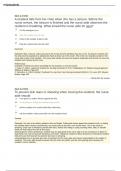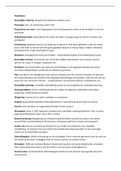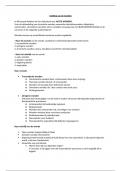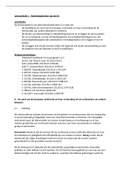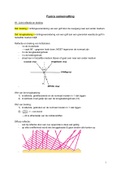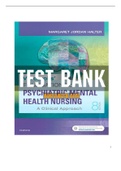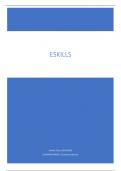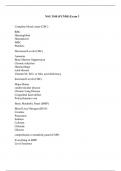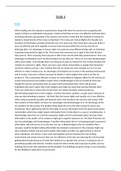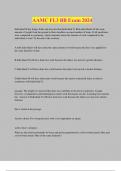Tentamen (uitwerkingen)
Nurse aide test preparation
- Vak
- Instelling
Nurse aide test preparationA resident falls from her chair when she has a seizure. Before the nurse arrives, the seizure is finished and the nurse aide observes the resident is breathing. What should the nurse aide do next? A . Get the emergency cart B. Turn the resident onto her side C. Che...
[Meer zien]
